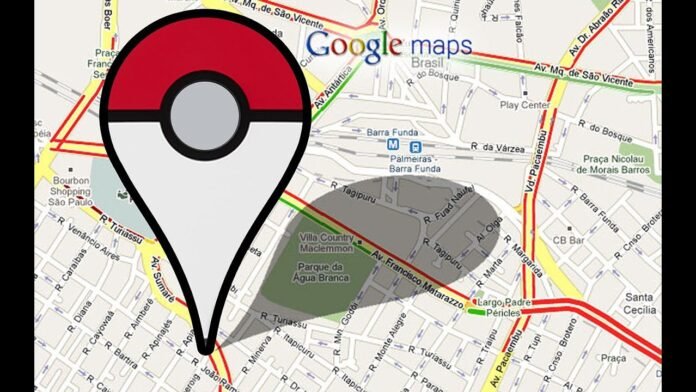From internet protocols and operating systems to databases and cloud services, some technology is so omnipresent that most people don’t even know it exists. The same can be said about OpenStreetMap, the community-driven platform that provides geographic data and maps for companies and software developers, helping them reduce reliance on proprietary incumbents in the space—primarily Google.
Origins of OpenStreetMap
OpenStreetMap is the creation of Steve Coast, a University College London dropout, who has since worked in various map- and location-related roles at Microsoft, TomTom, Telenav, and now, Singaporean ride-hailing firm Grab.
The Community-Driven Model
While OpenStreetMap is often compared to Wikipedia for maps, the comparison is superficial. OpenStreetMap involves more complex tasks, such as mapping geographic features on a global scale. Today, OpenStreetMap boasts more than 10 million contributors who map and fine-tune everything from streets and buildings to rivers and canyons. Contributors can manually add and edit data through OpenStreetMap’s tools or venture out to map new areas using GPS.
Governance and Structure OpenStreetMap
As the sole creator, Coast was the driving force behind early software development and advocacy efforts. He eventually established the U.K.-based non-profit OpenStreetMap Foundation in 2006 to oversee the project. The Foundation has one employee, a system engineer, and a few contractors who provide administrative and accounting support.
Open Database License and Corporate Use
OpenStreet Open Database License (ODbL) allows any third-party to use its data with appropriate attribution, though this doesn’t always happen. Big-name corporations like Apple, MapBox, Uber, and Strava, among others, utilize data. More recently, the Overture Maps Foundation—a collaboration between Microsoft, Amazon, Meta, and TomTom—has leveraged OpenStreetMap data to build an alternative to Google’s mapping services.
OpenStreetMap Success and Importance
OpenStreetMap has thrived over the past 20 years, a success made possible by the internet and the desire to create a valuable resource owned by everyone. The platform has managed to map the world and offer the data for free, avoiding many of the challenges faced by other open-source projects like Wikipedia. As Steve Coast points out, OpenStreet has demonstrated the power of going from nothing to something valuable.
The Importance of Open Data
Beyond affordability and accessibility, there’s a critical reason why an open map dataset should exist: the question of who gets to “own” location. Should corporate giants like Google have control over this vital resource? As OpenStreetMap contributor Serge Wroclawski notes, place is a shared resource, and when one entity controls it, they gain the power not only to inform but also to shape the world around us.


